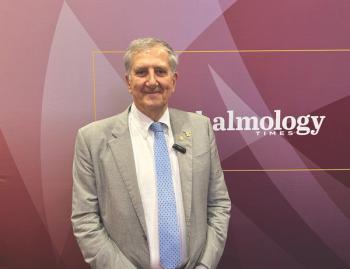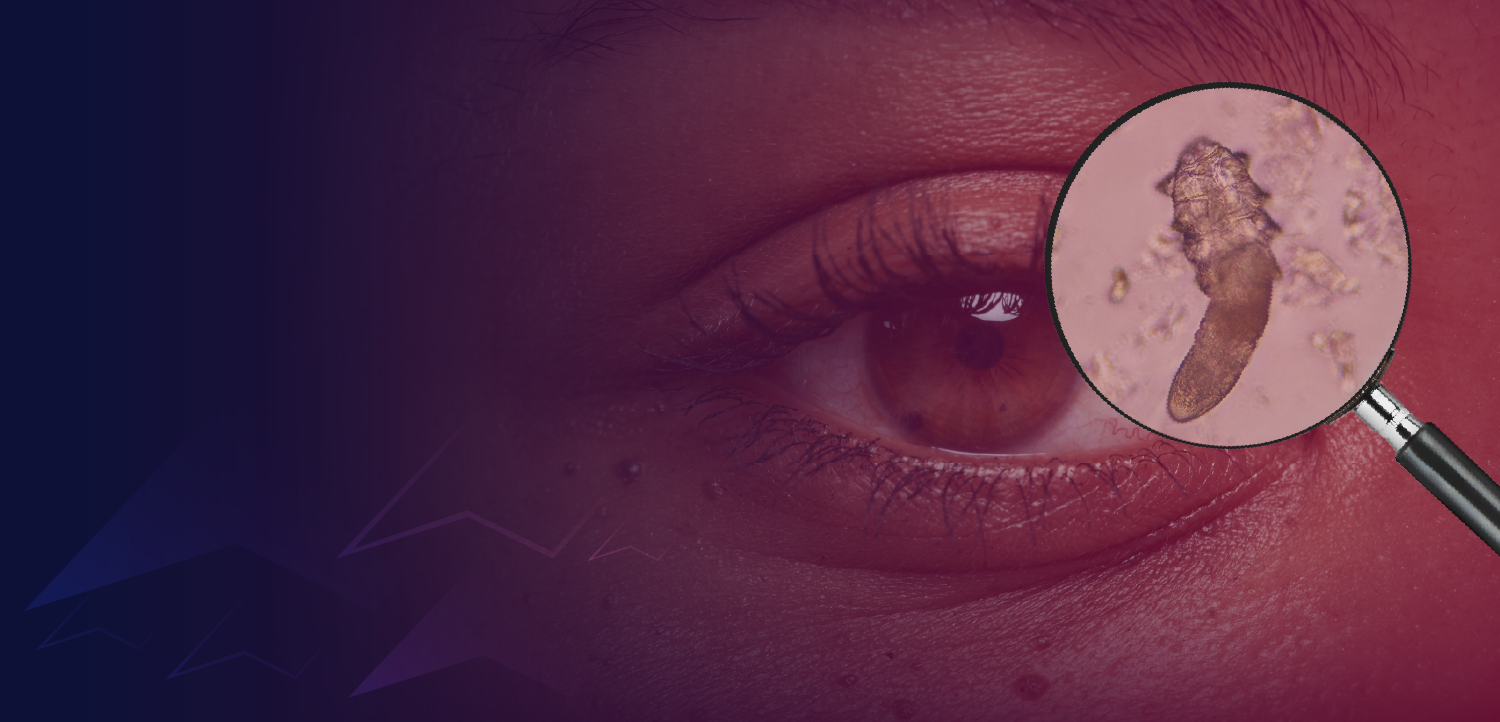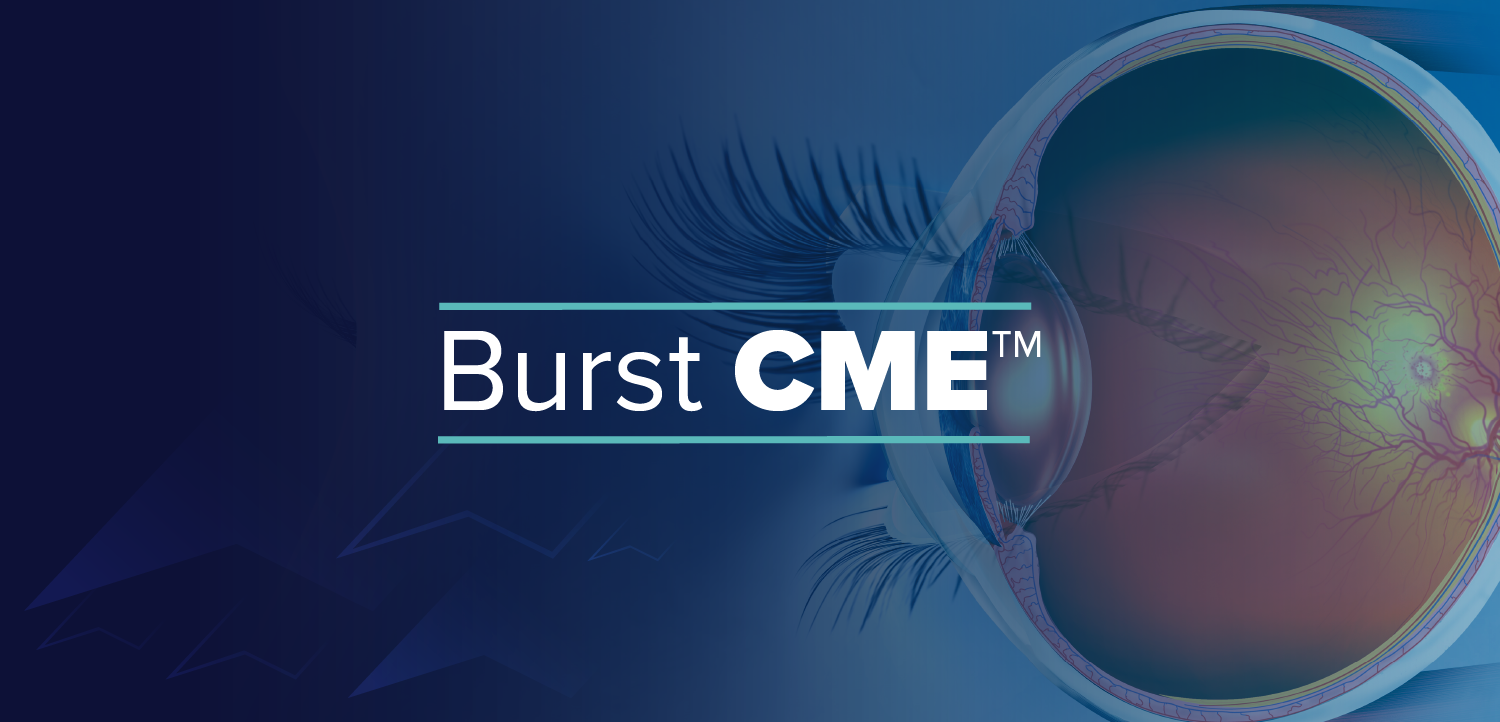
New lenses show promise for sustained glaucoma treatment
Researchers at University of California, Los Angeles, USA, have developed a new delivery system for treating patients with glaucoma. They have combined nanodiamonds - a by-product of conventional mining and refining processes - with timolol maleate into contact lenses that deliver sustained doses.
Researchers at University of California, Los Angeles, USA, have developed a new delivery system for treating patients with glaucoma. They have combined nanodiamonds - a by-product of conventional mining and refining processes - with timolol maleate into contact lenses that deliver sustained doses.
This new technology has shown great promise for sustained glaucoma treatment. When applied to nanodiamond-embedded lenses, timolol is released when it comes into contact with lysozyme, an enzyme found in tears.
The study was lead by Dr Dean Ho, PhD, MS, professor of oral biology and medicine and co-director of the Jane and Jerry Weintraub Center for Reconstructive Biotechnology at the UCLA School of Dentistry, and supported by the National Cancer Institute, the National Science Foundation, the Wallace H. Coulter Foundation, The V Foundation for Cancer Research, the Society for Laboratory Automation and Screening, Beckman Coulter Life Sciences, and Singapore's Agency for Science, Technology and Research.
Previously, researchers at UCLA had shown that nanodiamonds could potentially be used to treat other diseases and disorders, including cancer and osteonecrosis of the jaw.
"In addition to nanodiamonds' promise as triggered drug-delivery agents for eye diseases, they can also make the contact lenses more durable during the course of insertion, use and removal, and more comfortable to wear," said Dr Ho, who is also a professor of bioengineering and a member of the Jonsson Comprehensive Cancer Center and the California NanoSystems Institute.
Nanodiamonds - approximately five nanometres in diameter - are small ball-like shapes and can be used to bind a broad spectrum of drug compounds, allowing them to be released over long periods of time.
"Delivering timolol through exposure to tears may prevent premature drug release when the contact lenses are in storage and may serve as a smarter route toward drug delivery from a contact lens," said Kangyi Zhang, co-first author of the study and a graduate student in Dr Ho's lab.
Newsletter
Get the essential updates shaping the future of pharma manufacturing and compliance—subscribe today to Pharmaceutical Technology and never miss a breakthrough.















































